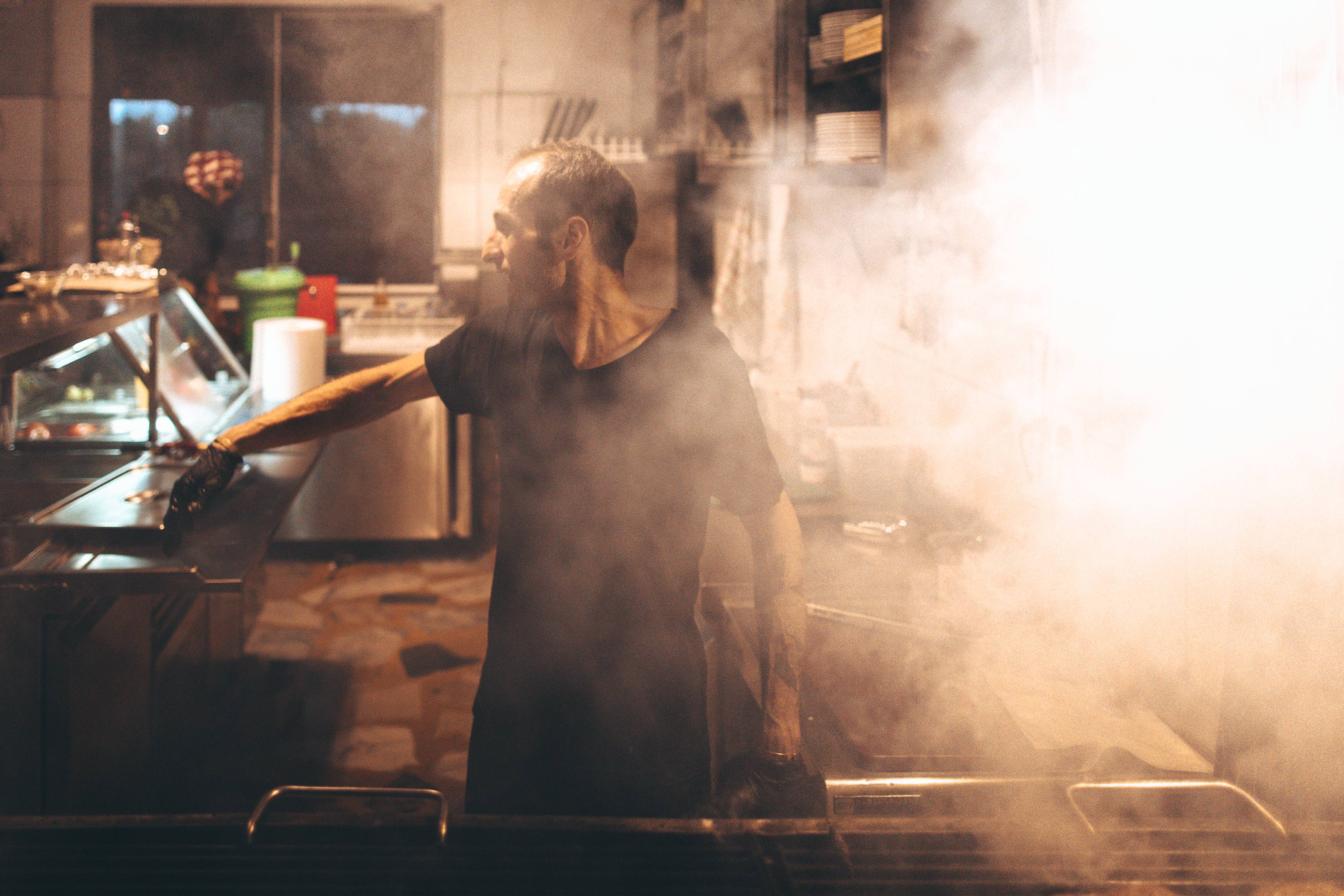SACRAMENTO, Calif. — Gov. Gavin Newsom’s administration has compromised on long-sought rules that would protect indoor workers from extreme heat, saying tens of thousands of prison and jail employees — and prisoners — would have to wait for relief.
The deal comes a month after the administration unexpectedly rejected sweeping heat standards for workers in sweltering warehouses, steamy kitchens, and other dangerously hot job sites. The rules had been years in the making, and a state worker safety board voted to adopt them March 21. But in a controversial move, the administration upended the process by saying the cost to cool state prisons was unclear — and likely very expensive.
So the Democratic administration said the rules can proceed but must exempt tens of thousands of workers at 33 state prisons, conservation camps, and local jails, “in recognition of the unique implementation challenges,” said Eric Berg, of California’s Division of Occupational Safety and Health, at a Thursday hearing. A separate regulation will be drafted for correctional facilities, which could take a year, if not longer.
It’s unclear if the standards will become law in time to protect millions of other workers from summer’s intensifying heat. The compromise rules must go through a 15-day public comment period, and legal reviews within 100 days, which could push implementation well into summer. But that can’t even happen until the original regulation is rejected by the Office of Administrative Law, which has until next month.
“Summer is arriving, and many workers, unfortunately, are going to suffer heat conditions,” said Tim Shadix, legal director at the Warehouse Worker Resource Center. “Some will likely get really sick, potentially even die from heat illness, while we continue to wait for the standard.”
Berg told members of the Occupational Safety and Health Standards Board on April 18 that Cal/OSHA would try to accelerate the timeline and get protections in place for summer.
California has had heat standards on the books for outdoor workers since 2005, and rules for indoor workplaces have been in the works since 2016. The proposed standards would require work sites to be cooled below 87 degrees Fahrenheit when employees are present and below 82 degrees in places where workers wear protective clothing or are exposed to radiant heat, such as furnaces. Buildings could be cooled with air conditioning, fans, misters, and other methods.
The rules allow workarounds for businesses that can’t cool their workplaces sufficiently, such as laundries or restaurant kitchens.
Because the rules would have a sweeping economic impact, state law requires Newsom’s Department of Finance to sign off on the financial projections, which it refused to do last month when it was unclear how much the regulations would cost state prisons. The California Department of Corrections and Rehabilitation said implementing the standards in its prisons and other facilities could cost billions, but the board’s economic analysis pegged the cost at less than $1 million a year.
Department of Finance spokesperson H.D. Palmer couldn’t promise that the compromise rules would be signed off on, but “given that the earlier correctional estimates were the issue before, not having them in the revised package would appear to address that issue,” he said.
Business and agricultural groups complained repeatedly during the rulemaking process that complying with the rules would burden businesses financially. At the April 18 hearing, they highlighted the administration’s lack of transparency and questioned why one sector should be given an exemption over another.
“The massive state costs that are of concern, specifically around prisons in the billions of dollars, are also costs that California employers will bear,” said Robert Moutrie, a senior policy advocate at the California Chamber of Commerce.
Labor advocates asked board members not to exempt prisons, saying corrections workers need protection from heat, too.
“It’s a huge concern that prison workplaces all over are being excluded from the heat standard, leaving out not just guards, but also nurses, janitors, and the other prison workers across California unprotected from heat,” said AnaStacia Nicol Wright, an attorney with Worksafe, a workplace safety advocacy nonprofit. “California needs to prioritize the safety and well-being of their workers, regardless of whether they work in corrections, a farm, or a sugar refinery.”
Prisons will continue to provide cooling stations in air-conditioned areas, and make water stations, fans, portable cooling units, and ice more available to workers, according to the California Department of Corrections and Rehabilitation. Prison housing units, which house roughly 93,000 inmates as of April 17, all can be cooled, usually with evaporative coolers and fans. The department has 58,135 staff members, spokesperson Terri Hardy said.
Only Minnesota and Oregon have adopted heat rules for indoor workers. Legislation has stalled in Congress, and even though the Biden administration has initiated the long process of establishing national heat standards for outdoor and indoor work, they may take years to finalize.
Seven workers died in California from indoor heat between 2010 and 2017. Heat stress can lead to heat exhaustion, heatstroke, cardiac arrest, and kidney failure. In 2021, the Centers for Disease Control and Prevention reported, 1,600 heat-related deaths occurred nationally, which is likely an undercount because health care providers are not required to report them. It’s not clear how many of these deaths are related to work, either indoors or outdoors.
“These are not overly cumbersome things to implement, and they are easy ways to keep people safe and healthy,” said Jessica Early, patient advocacy coordinator at the National Union of Healthcare Workers. “Now is the urgent time to make our workplaces safer and more resilient in the face of rising temperatures.”
This article was produced by KFF Health News, which publishes California Healthline, an editorially independent service of the California Health Care Foundation.
[Update: This article
was updated at 9:30 p.m. ET on April 18, 2024, to add information from the California
Department of
Corrections and Rehabilitation.]

